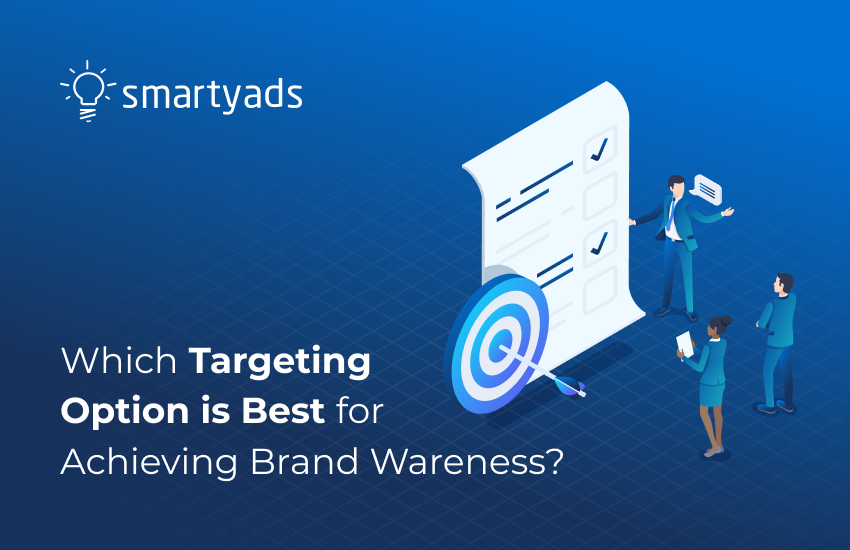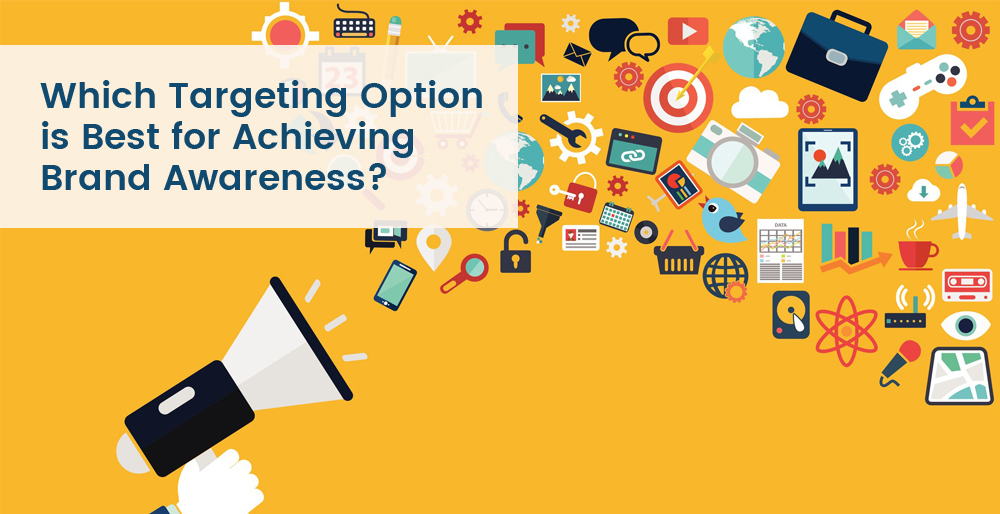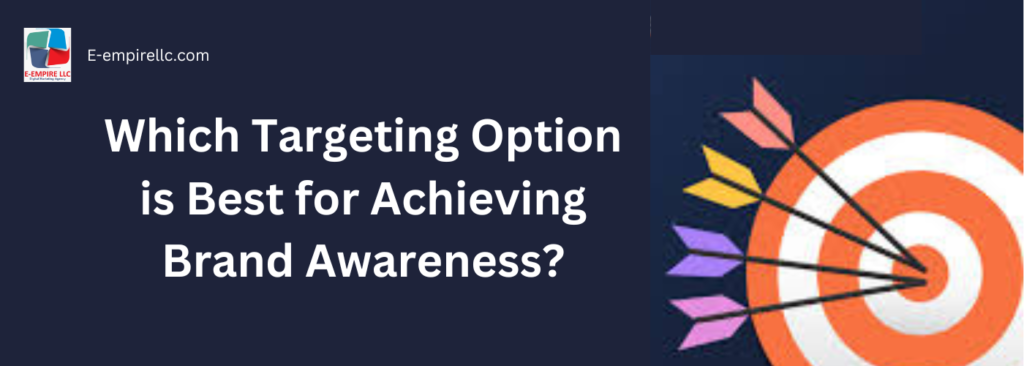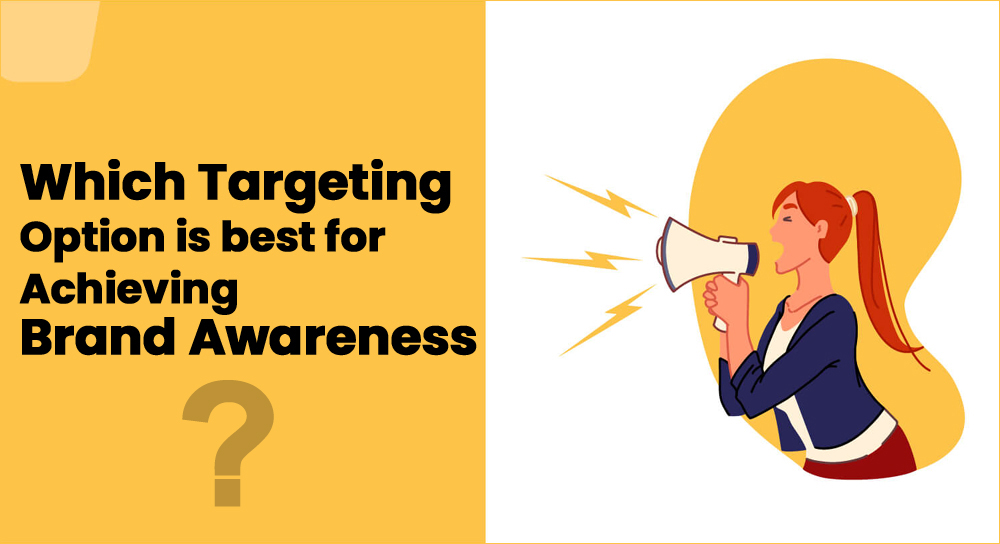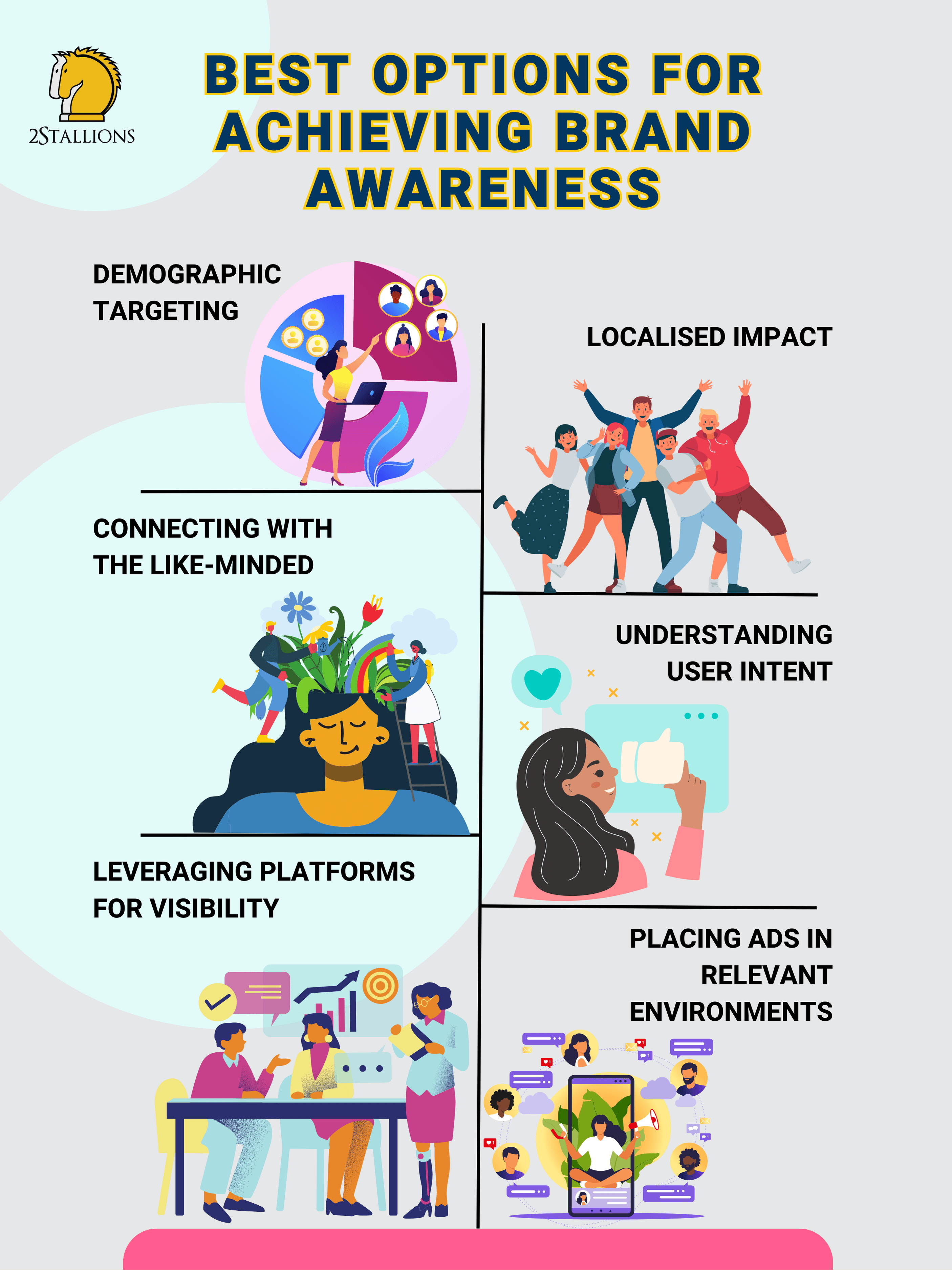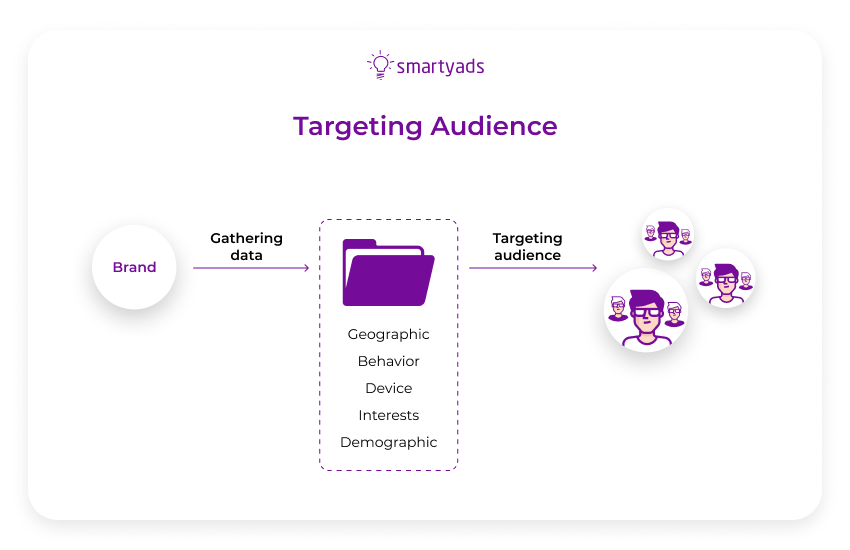Which Targeting Option Is Best For Achieving Brand Awareness
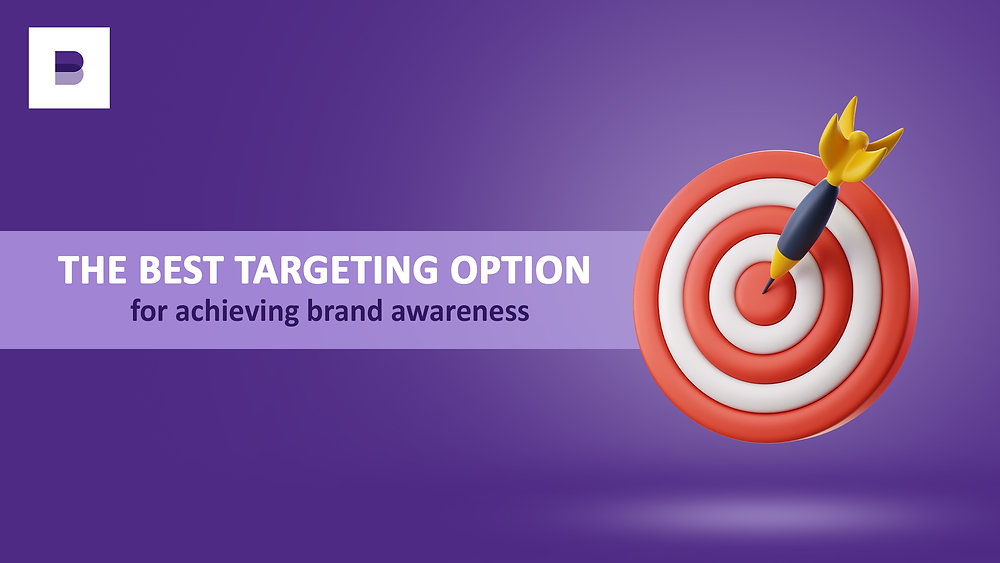
In today's saturated digital landscape, building brand awareness is a constant battle. Companies are throwing money at various targeting options, hoping to cut through the noise and resonate with potential customers. But which targeting option truly delivers the best bang for your buck, and how can marketers navigate this complex terrain?
The optimal targeting strategy for brand awareness hinges on a multitude of factors, making a one-size-fits-all approach impossible. This article explores the strengths and weaknesses of prominent targeting methods, including demographic, interest-based, contextual, retargeting, and lookalike audiences, drawing on industry reports and expert opinions to help marketers make informed decisions. Understanding these nuances is crucial for maximizing reach, engagement, and ultimately, brand recall.
Demographic Targeting: A Foundational Approach
Demographic targeting, one of the oldest tricks in the book, focuses on reaching audiences based on characteristics like age, gender, location, income, and education. This approach offers a broad brushstroke, allowing marketers to target large groups of people with relatively generic messaging.
While cost-effective for initial campaigns, demographic targeting can be overly broad and inefficient, leading to wasted ad spend. For instance, targeting all women aged 25-34 might capture a large audience, but their interests and needs could be vastly different. Data from Statista suggests that demographic data, while useful, should be layered with other targeting methods to improve accuracy.
Interest-Based Targeting: Connecting With Passion
Interest-based targeting aims to reach users based on their declared or inferred interests and hobbies. Platforms like Facebook, Google, and Twitter gather data on user activity, allowing marketers to target specific groups interested in topics such as sports, travel, or technology.
This method generally performs better than demographic targeting because it narrows the audience to individuals more likely to engage with the brand. However, it requires accurate data and careful selection of relevant interests. Pew Research Center studies show that some users are wary of how their data is collected and used for targeted advertising, raising concerns about privacy and potential inaccuracies.
Contextual Targeting: The Power of Relevance
Contextual targeting places ads on websites or within content that is relevant to the product or service being advertised. This method aims to capitalize on the user's current mindset and provide ads that feel natural and non-intrusive.
For example, an ad for hiking boots might appear on a website dedicated to outdoor activities. Contextual targeting is considered less intrusive than behavioral targeting and can be highly effective if the context aligns perfectly with the brand's message. According to a report by IAB, contextual advertising is experiencing a resurgence due to increasing privacy concerns surrounding behavioral tracking.
Retargeting: Re-Engaging Interested Users
Retargeting focuses on showing ads to users who have previously interacted with a brand's website or content. This method aims to remind potential customers of the brand and encourage them to complete a purchase or take another desired action.
Retargeting can be incredibly effective because it targets users who have already demonstrated an interest in the brand. However, it's crucial to avoid overwhelming users with too many ads or following them across the internet in a way that feels invasive.HubSpot data suggests that a well-executed retargeting campaign can significantly boost conversion rates, but frequency capping and strategic messaging are essential.
Lookalike Audiences: Expanding Your Reach
Lookalike audiences allow marketers to reach new users who share similar characteristics with their existing customers. Platforms like Facebook and Google use machine learning algorithms to identify common traits among a brand's customer base and find new users who match that profile.
This approach can be a powerful way to expand reach and find new customers who are likely to be interested in the brand. McKinsey reports indicate that lookalike modeling can significantly improve ad performance by reaching highly relevant prospects. However, the quality of the lookalike audience depends on the accuracy and completeness of the original customer data.
The Importance of Testing and Optimization
Regardless of the targeting method chosen, continuous testing and optimization are crucial for maximizing brand awareness. A/B testing different ad creatives, targeting parameters, and bidding strategies can help marketers identify what resonates best with their target audience.
Google Analytics and other analytics platforms provide valuable data on ad performance, allowing marketers to track key metrics like impressions, reach, engagement, and website traffic. By analyzing this data and making adjustments accordingly, marketers can ensure that their campaigns are constantly improving and delivering the best possible results.
The Future of Targeting: Privacy-First Approaches
With increasing concerns about data privacy and the rise of regulations like GDPR and CCPA, the future of targeting is likely to shift towards more privacy-first approaches. This includes a greater emphasis on contextual advertising, first-party data, and aggregated audience segments.
Brands need to prioritize building trust with their customers and being transparent about how they collect and use data. Embracing these changes will not only help brands comply with regulations but also foster stronger relationships with their customers in the long run.
In conclusion, the "best" targeting option for brand awareness depends on a brand's specific goals, target audience, and budget. A strategic combination of demographic, interest-based, contextual, retargeting, and lookalike audiences, coupled with continuous testing and optimization, is likely to yield the most effective results. As the digital landscape evolves, embracing privacy-first approaches and prioritizing transparency will be essential for building lasting brand awareness and customer loyalty.
